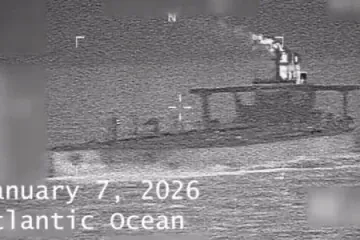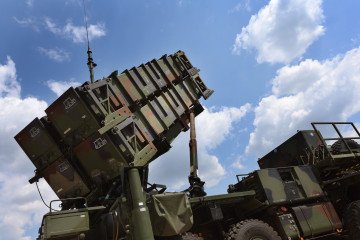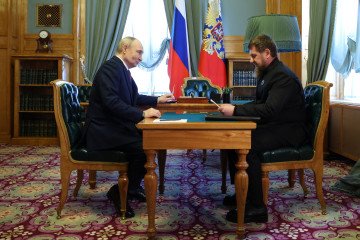- Category
- Latest news
Two Years Ago, Kherson Was Freed From Russian Occupation. Today, It’s a Promise for Countless Others Still Occupied
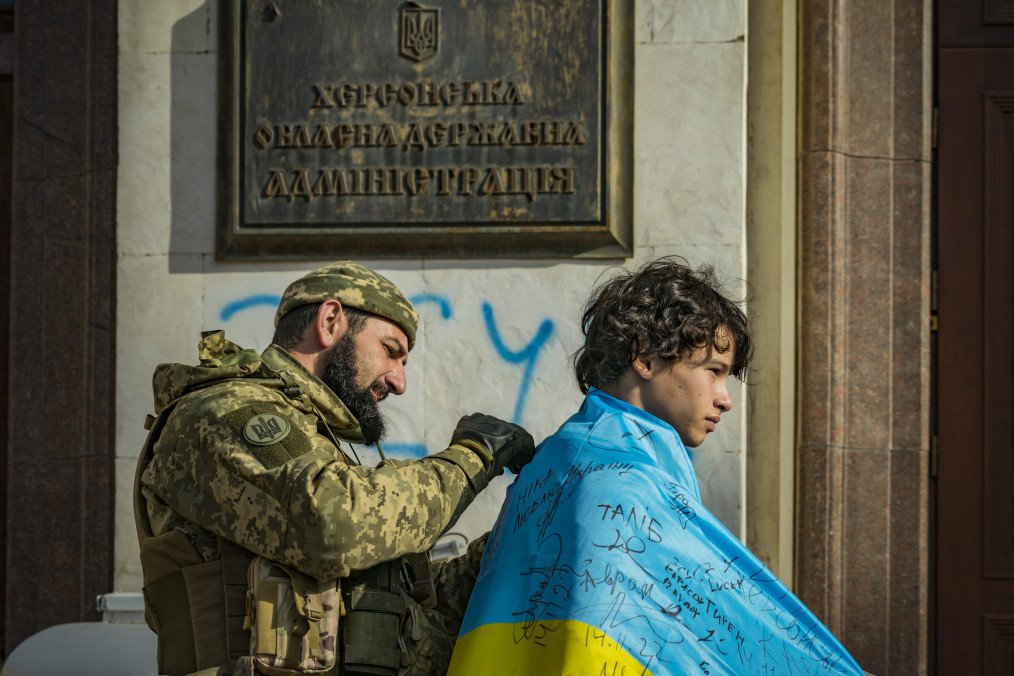
Two years ago, on November 11, 2022, Ukraine’s Armed Forces liberated Kherson, the only regional capital captured by Russian forces since the start of the full-scale invasion.
Today, Kherson stands as a symbol of hope for other Ukrainian cities still under occupation.
The Russian advance on Kherson began on February 24, 2022, from the south, originating from the occupied Crimean Peninsula and reaching the city by March 1. Intense fighting continued in the region throughout spring and summer, as Ukrainian forces managed to disrupt Russian supply lines on the right bank of the Dnipro River, disabling most of the bridges.
On November 11, Ukrainian forces launched the Kherson counteroffensive, pushing Russian troops back to the left bank of the Dnipro and liberating the city.
Launch of the Kherson offensive
The Kherson offensive began on August 29, 2022, shortly before the Kharkiv offensive.
The operation progressed in three stages, with Ukrainian forces steadily increasing pressure on enemy positions and systematically dismantling Russian logistical networks on the right bank of the Dnipro. Early successes convinced Russian forces that Ukraine’s main thrust was focused on the South.
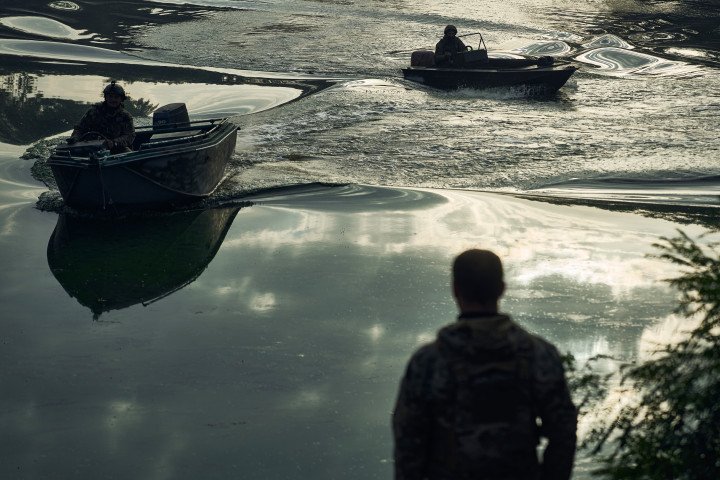
By September 5, Ukrainian forces had liberated multiple settlements, including Novodmytrivka, Arkhanhelske, Tomyna Balka, Pravdyne, Ternovi Pody, and Vysokopillia, establishing and expanding a foothold on the eastern bank of the Inhulets River near Bilohirka.
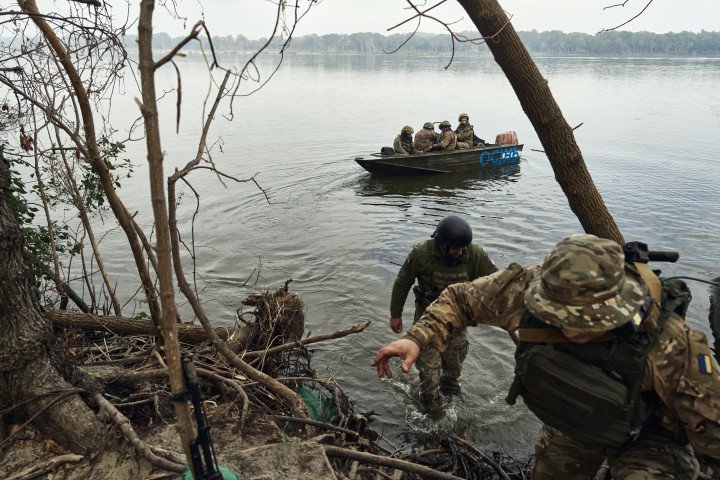
The southern offensive involved intense artillery strikes on Russian positions, ammunition depots, command posts, and critical infrastructure in the rear. With Western-supplied weaponry, including HIMARS systems, Ukrainian forces gained a significant firepower advantage that prevented Russian counterattacks.
In response, Russian forces launched “Iskander” and “Kinzhal” missiles at hydroelectric facilities on the Karachunivske Reservoir near Kryvyi Rih on September 14 and 16, raising the Inhulets River’s water level, which slowed Ukraine’s advance and turned the battle into a positional standoff by late September.
Progress and consolidation
By the end of September, Ukrainian forces in the South had advanced approximately 15 kilometers, reached the administrative border between Kherson and Dnipro regions, and secured a bridgehead beyond the Inhulets.
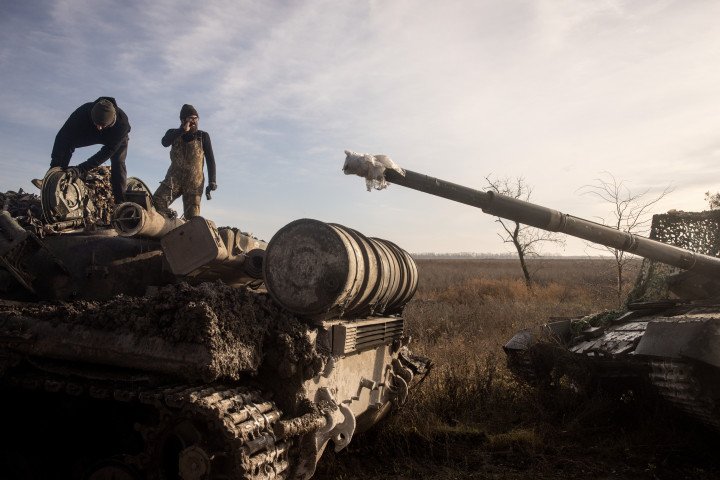
Thirteen settlements had been liberated, covering roughly 1,000 km². During this time, a concurrent offensive in Kharkiv saw rapid Ukrainian advances, with nearly all temporarily occupied territory in Kharkiv region liberated by early October.
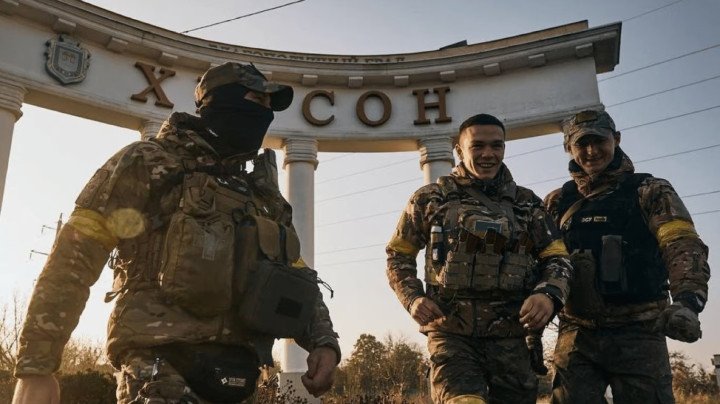
The second phase of the Kherson offensive began in early October and continued until mid-month, with Ukrainian forces pushing forward primarily in the Beryslav direction on the eastern bank of the Inhulets river.. During this phase, Ukrainian troops advanced up to 40 kilometers, freeing around 1,200 km² and liberating 29 settlements, including Zolota Balka, Khreshchenivka, Havrylivka, Mykhailivka, Novooleksandrivka, Dudchany, Velyka Oleksandrivka, Mala Oleksandrivka, Davydiv Brid, and Novopetrivka.
Russian withdrawal from Kherson
On October 18, 2022, Russian General Sergei Surovikin, then commander of the combined Russian forces, delivered a televised address acknowledging the worsening situation for Russian forces in Kherson and hinting at the possibility of “very difficult decisions.” This ultimately led to a retreat from Kherson and the right bank of the Dnipro, as Russian forces faced continuous pressure from Ukrainian forces.
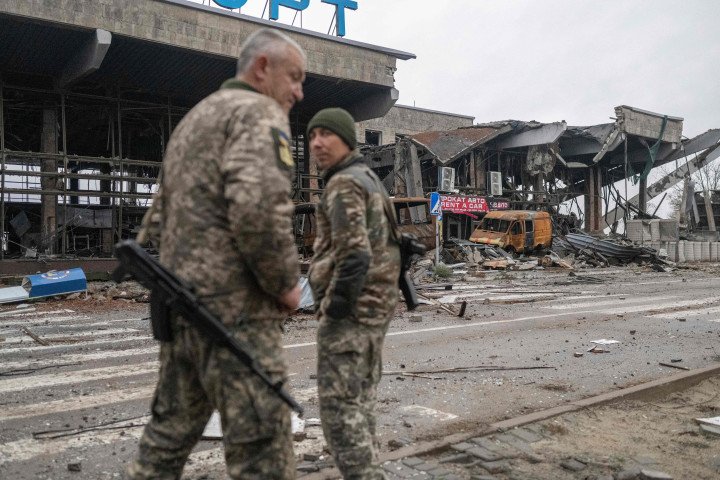
Realizing that the roughly 40,000 Russian troops on the right bank were vulnerable to encirclement without sufficient supplies, Russian command ordered a withdrawal to the left bank. The retreat left Russian forces exposed, enabling Ukrainian air and artillery strikes to inflict significant losses on enemy personnel and equipment near the crossings.
Final stage of the Kherson offensive
This set the stage for the final phase of the Kherson offensive, from November 8 to 12, 2022. During this decisive period, Ukrainian forces advanced up to 40 kilometers, liberated approximately 3,500 km², and freed 169 settlements.
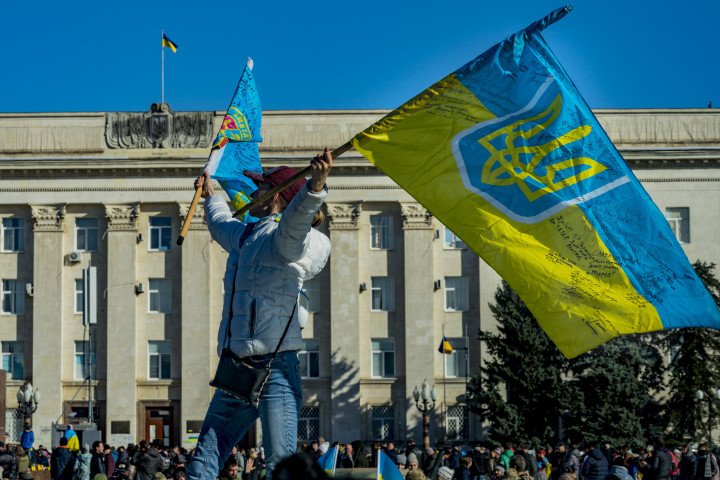
The operation culminated on November 11, 2022, with the liberation of Kherson.
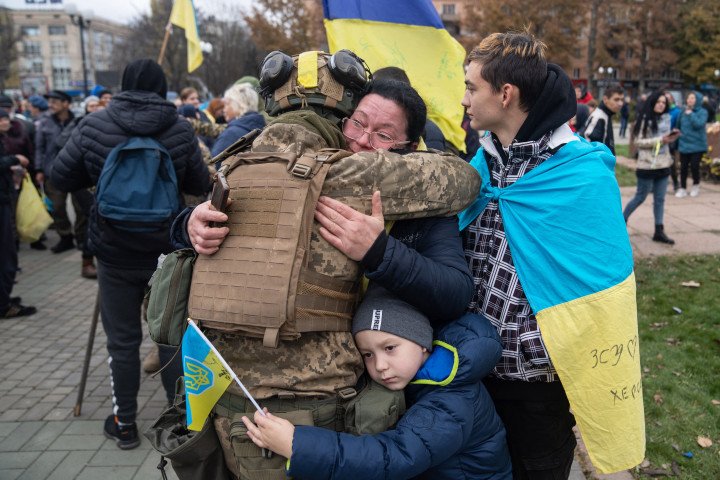
When Ukrainian forces entered Kherson, the city erupted in joy and relief, with residents pouring into the streets to embrace Ukrainian soldiers. By the end of the Russian occupation, around 80,000 residents remained—people who had endured hardship and never lost hope for this moment.
Under Russian occupation, residents of Kherson experienced food and medicine shortages, frequent power outages, restricted movement and systematic torture. Russian forces imposed strict control, establishing checkpoints and enforcing harsh measures, including the use of torture chambers to intimidate and suppress the local population. However, residents clung to their Ukrainian identity in acts of resilience, protesting against Russian occupational authorities on the streets, risking their life and safety.
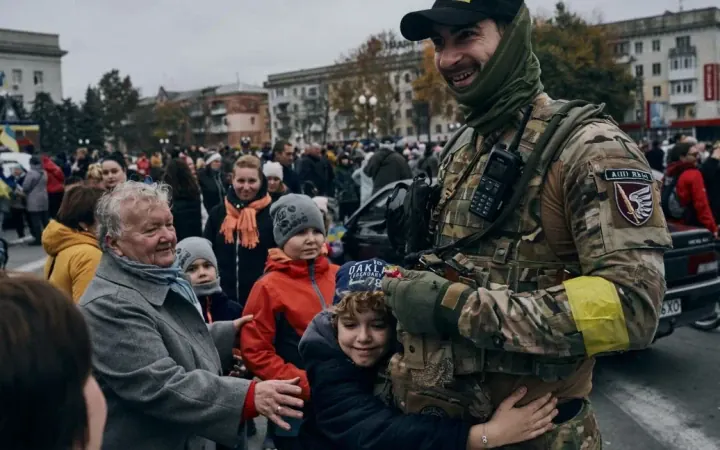
On November 10, then Commander-in-Chief of the Ukrainian Armed Forces, General Valerii Zaluzhnyi, commented on the Russian withdrawal from the right bank of the Dnipro:
“Every so-called ‘gesture of goodwill’ by the enemy reflects immense efforts by our troops. Just as they withdrew from Kyiv, Kharkiv region, and Snake Island, the potential retreat from Kherson is a result of our active operations.”
As of November 11, 2024, Russia occupies approximately 109,000 square kilometers of Ukrainian territory, which constitutes about 18% of Ukraine's total area. This includes Crimea and parts of the Donetsk, Luhansk, Zaporizhzhia, and Kherson regions.
Kherson stands not just as a city reclaimed, but as a promise to every town and village still under Russian occupation.

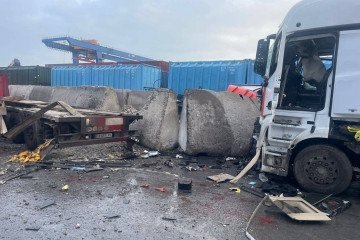
-72b63a4e0c8c475ad81fe3eed3f63729.jpeg)
